Primrose Garden Ideas: Brighten Up Your Yard with Colorful Blooms
Primrose gardens can transform your outdoor space into a vibrant and lively area. These charming flowers come in various colors and sizes, making them a versatile choice for any garden. Whether you have a large backyard or a small patio, there are plenty of ways to incorporate primroses into your landscape.
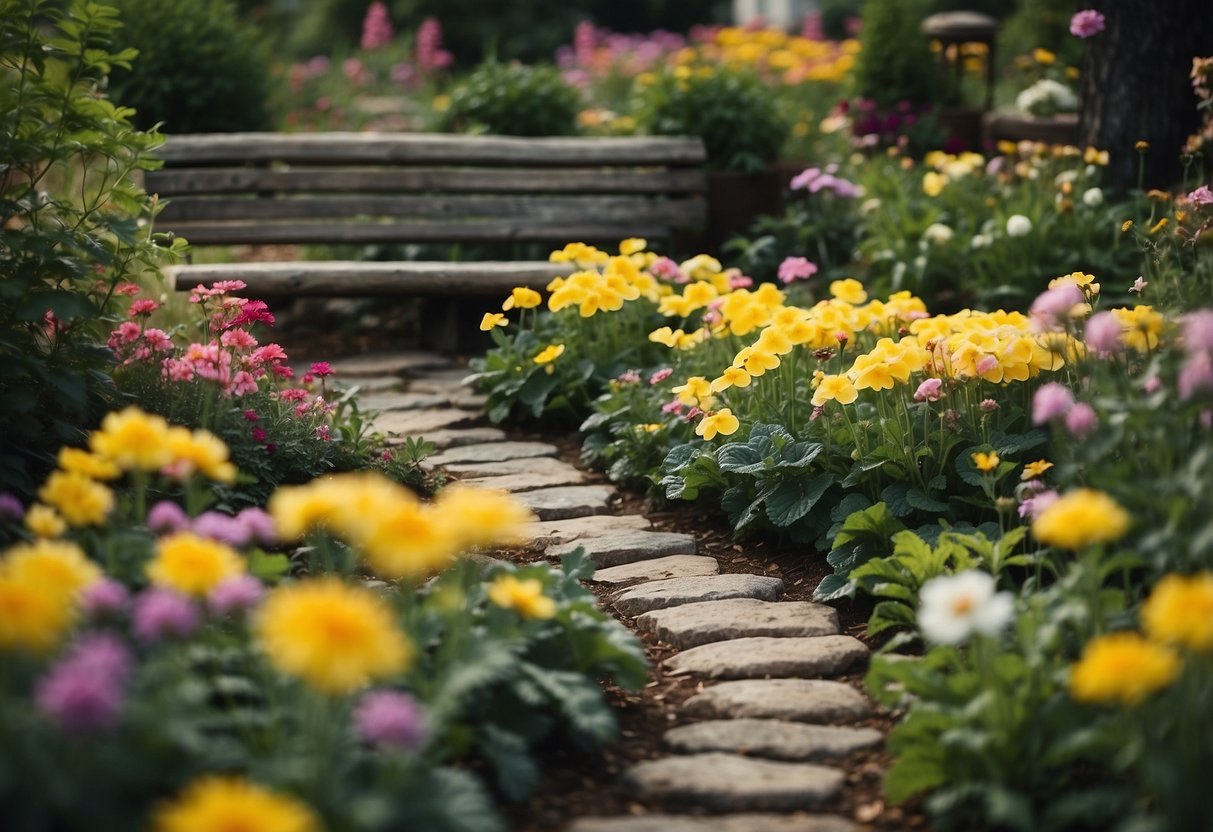
Are you looking for ways to make your garden uniquely beautiful? With their cheerful blooms and easy maintenance, primroses are perfect for adding an extra touch of color and brightness. From planted borders to container gardens, there are endless ideas to explore that can suit your personal style and garden size.
1) Create a Primrose Pathway

Creating a primrose pathway in your garden can enhance its beauty and charm. Primroses come in various colors like yellow, pink, and purple, adding a vibrant touch.
Plant the primroses along the edges of the path. Space them 6 to 12 inches apart to give them room to grow.
Make sure the soil is well-drained. Primroses thrive in partially shaded areas, so choose a spot that gets some sunlight during the day. Keep the soil moist but not soggy to prevent root rot.
Mix with Ferns for Texture
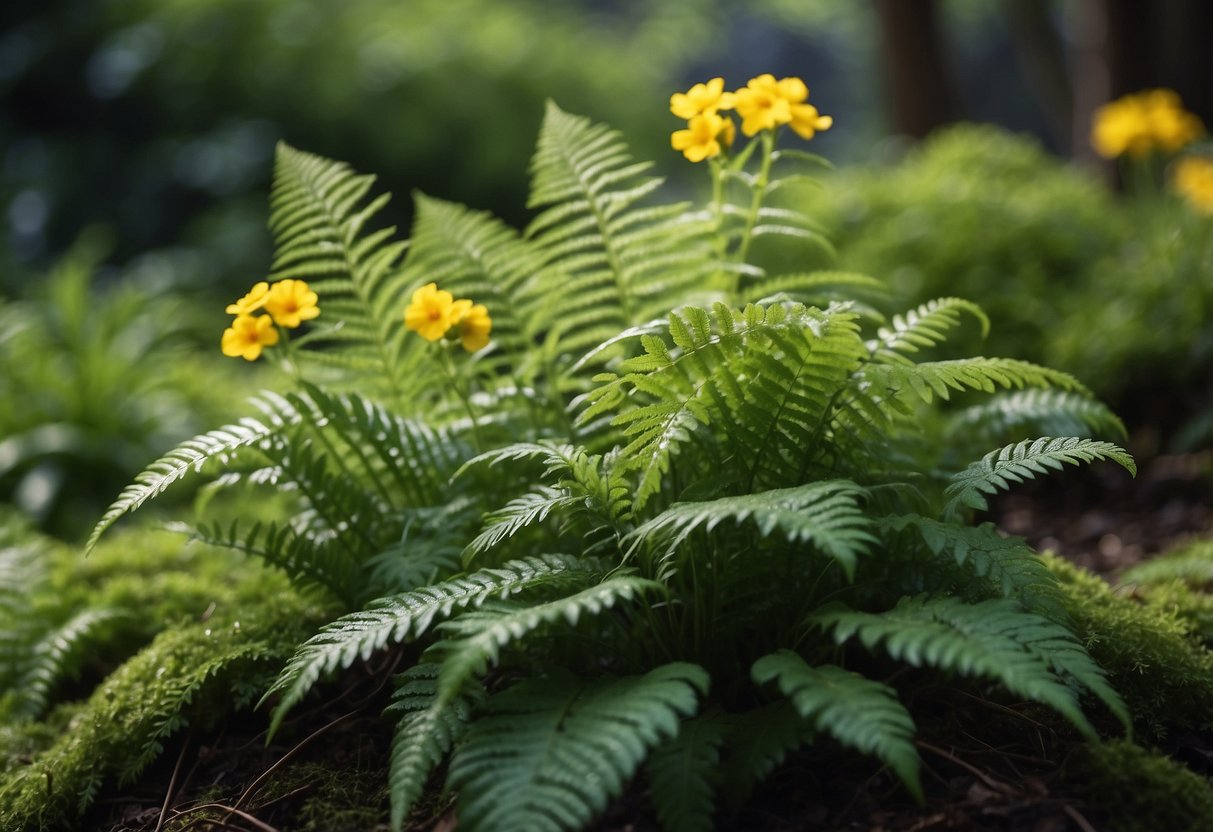
When you add ferns to your primrose garden, the results can be fantastic. Ferns like the Ostrich Fern offer a lush, green backdrop that contrasts beautifully with the colorful primroses.
Their delicate fronds bring texture and depth to your garden. Plus, many ferns like the Maidenhair Fern thrive in similar conditions to primroses, making them an ideal companion.
3) Primrose and Tulip Combo

Mixing primroses with tulips can make your garden pop with color.
Tulips bloom in the spring, offering bright, bold colors that stand out. Plant them behind primroses to create depth.
The short primroses in front add a carpet of color, contrasting well with the taller tulips.
4) Layered Planting with Daffodils
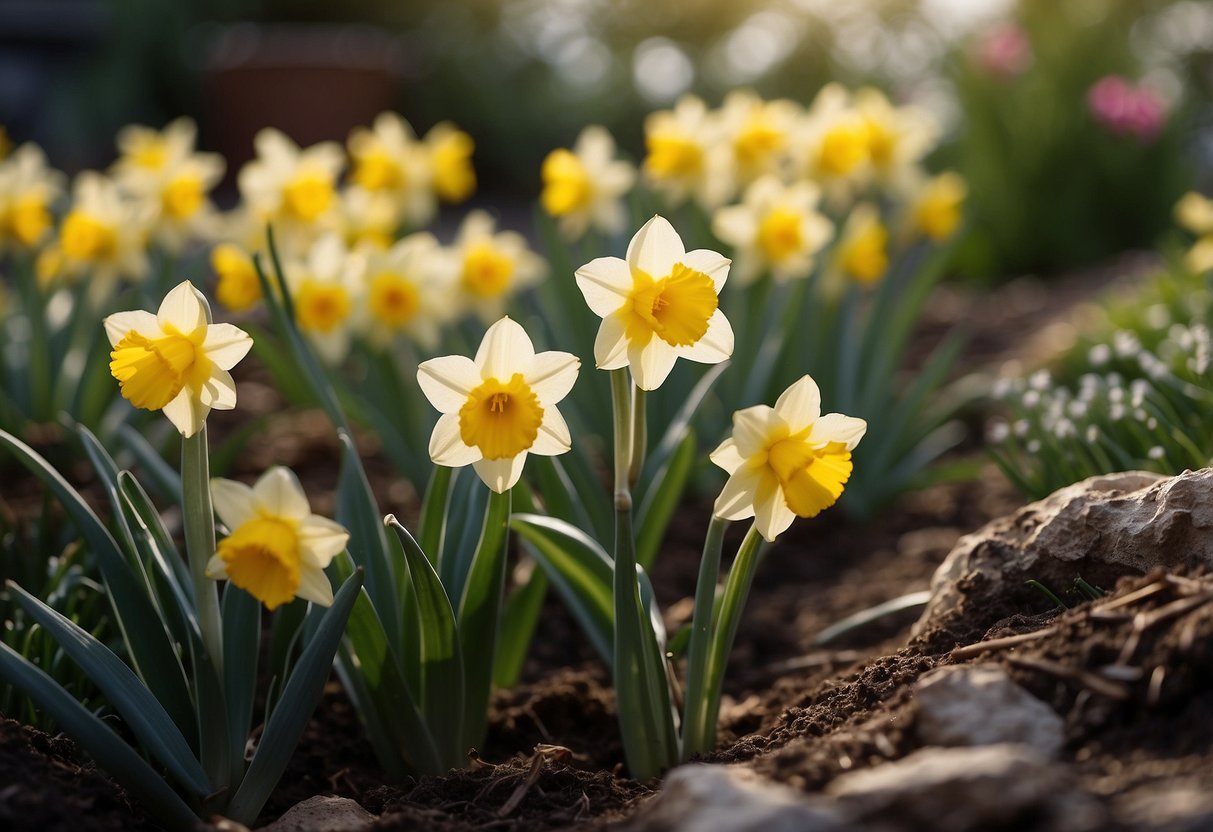
Layered planting with daffodils can create a beautiful display in your garden. Start by placing daffodil bulbs in the deepest layer of your container.
Above the daffodils, you can add a layer of bulbs that bloom earlier, like irises or tulips.
This technique ensures that as one flower fades, another begins to bloom, keeping your garden vibrant throughout spring. Plus, it maximizes your planting space, making it perfect for small gardens or containers.
5) Edge Borders with Primroses

Adding primroses along the edges of your garden beds or paths can create a vibrant and colorful border. Their bright blooms will enhance the look of your garden and add a welcoming touch.
Primroses thrive in partial shade and well-draining soil. This makes them perfect for garden borders where other plants might struggle.
To maximize their impact, mix different colors and types of primroses. The variety will make your borders more visually interesting and attractive.
6) Primroses in Rock Gardens

Primroses are a perfect fit for rock gardens. They thrive in well-draining soil and partial shade, making them a great choice for these settings.
You can plant primroses between rocks to create a colorful display. Their vibrant blooms stand out beautifully against the neutral tones of stones.
Primroses also do well in the cool, moist conditions often found in rock gardens. Regular watering helps keep the soil evenly moist. For more information, check out this guide on growing primroses in rock gardens.
7) Colorful Primrose Containers

Primroses are perfect for adding splashes of color to your patio or balcony. Choose containers that complement the vibrant hues of the flowers.
Try planting primroses in large clay pots or wooden boxes. These materials help maintain moisture and allow the plants to thrive.
Mix primroses with other spring flowers like daffodils or tulips for an eye-catching display. This combination creates a lively, colorful garden in small spaces.
8) Primrose and Violet Beds

Primrose and violet beds create a lovely and colorful garden feature.
These two plants complement each other beautifully.
Both enjoy similar growing conditions such as partial shade and moist, well-drained soil.
You can plant them around trees or along garden edges.
Try mixing different varieties of primrose with violets for a stunning display.
Violets’ delicate purple flowers will pair nicely with the vibrant colors of primroses, enhancing your garden’s charm.
9) Pair with Hostas in Shade
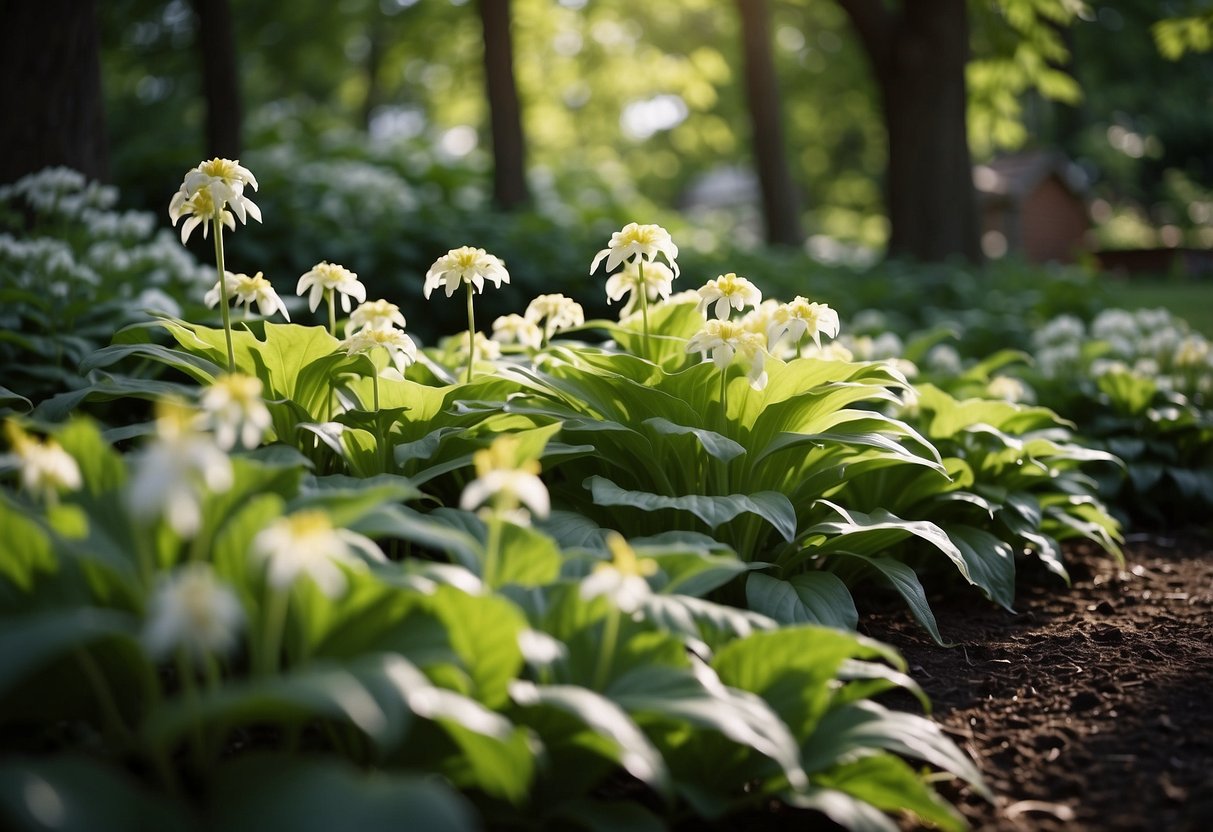
Pairing primroses with hostas can create a lovely shade garden. Hostas thrive in partial to full shade, which makes them perfect companions for primroses.
Hostas have large, lush leaves that offer a great contrast to the delicate blossoms of primroses. This combination adds texture to your garden.
Additionally, both plants enjoy similar moisture levels, making them easy to care for together. Learn more about hosta companion plants to perfect your shade garden.
10) Primrose Pond Edging

Primroses make a lovely choice for pond edging in your garden. Their bright colors and soft petals create a perfect blend with the water.
You can plant them directly into the ground around the pond. Ensure they get enough sunlight.
Alternatively, position potted primroses on stones or bricks for a tidy and organized look. This setup is also easy to rearrange. Explore more pond edging ideas at Pond Edging Ideas for a Beautiful Backyard Pond.
Benefits of Primrose Gardens
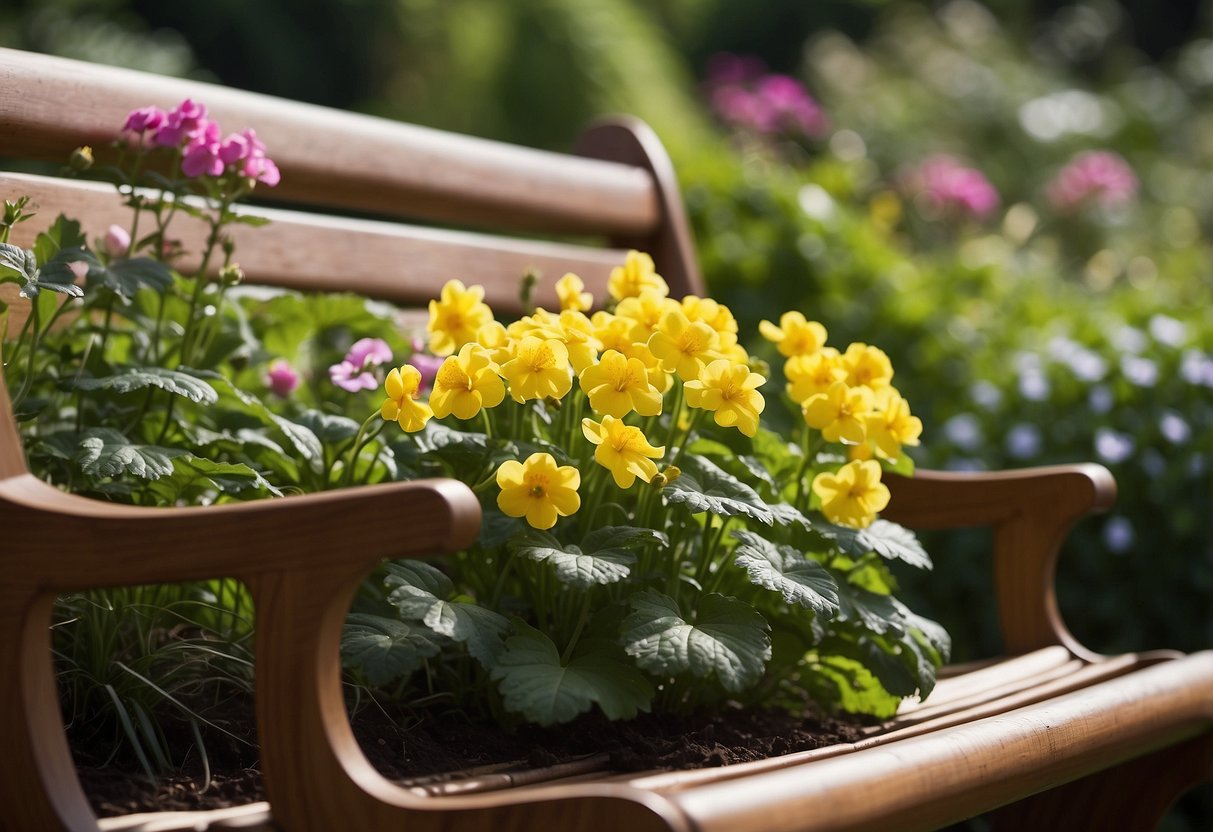
Primrose gardens offer vibrant color year-round and attract beneficial pollinators. These gardens can enhance biodiversity and add beauty to your outdoor space.
Year-Round Blooming
Primroses are known for their diverse blooming seasons, providing flowers in various colors from late winter to early summer. This prolonged blooming period ensures your garden stays lively and colorful for many months.
Different Primula species bloom at different times, allowing you to stagger plantings for continuous blooms. Some varieties can even have a second flush of flowers if deadheaded promptly.
The early blooms of primroses bring life to gardens when few other plants are flowering. This makes them a valuable addition for those looking to enjoy their garden throughout the year.
Pollinator Attraction
Primroses are excellent for attracting pollinators such as bees and butterflies. Their bright, colorful flowers are a magnet for these beneficial insects, helping to promote the health of your garden ecosystem.
By including a variety of colors like red, pink, and yellow, you can attract a diverse group of pollinators. This not only supports biodiversity but also enhances the health of other plants in your garden.
Planting primroses in clusters can create a more inviting environment for pollinators. Regular deadheading and dividing of primroses every couple of years will also keep them healthy and productive, providing continuous attraction for pollinators.
Designing Your Primrose Garden

Creating a primrose garden involves choosing the right spots and thoughtfully mixing colors and types. This ensures a vibrant and charming display that will thrive.
Optimal Planting Locations
Primroses prefer spots with moist, well-drained soil. They thrive in areas that get partial to full shade, especially during the warmer months. Locations under deciduous trees or along shaded borders are ideal because they get filtered sunlight.
Try to avoid full sun exposure as it can cause the leaves to scorch. Keeping the soil consistently moist is crucial, so consider installing a drip irrigation system or watering them regularly. In cooler climates, they can tolerate more sun.
When planting, ensure there’s good airflow around the plants to prevent mildew and other issues. Primroses also enjoy slightly acidic to neutral pH soil.
Combining Colors and Varieties
Mixing different colors and types of primroses can create a stunning visual impact in your garden. You can pair the buttery yellow blooms of English primroses with the bright and varied shades of polyanthus primroses for a cheerful display.
Using combinations of primroses with bulbs like daffodils and tulips adds a burst of color in spring. Group plants in clusters or drifts for a natural look.
Consider the bloom times of different varieties to keep your garden colorful throughout the season. You can plant some early-blooming types alongside later bloomers to extend the flowering period. Deadheading, or removing spent flowers, helps encourage continued blooming.
Primrose Garden Maintenance

Maintaining a primrose garden involves regular watering and fertilization to keep the soil moist and fertile, alongside vigilant pest and disease control to ensure healthy plant growth.
Watering and Fertilization
Primroses prefer consistently moist soil but not waterlogged conditions. Water your primroses regularly, especially during dry spells, to keep the soil evenly moist. Aim to water early in the morning or late in the evening to prevent evaporation.
Fertilization is also important for healthy growth. Use a balanced, water-soluble fertilizer every 4-6 weeks during the growing season. Be careful not to over-fertilize, as this can lead to weak, leggy growth.
Ensure the soil is well-drained and rich in organic matter. You can add compost or well-rotted manure to improve soil quality. If growing in containers, use a potting mix that retains moisture but drains well.
Pest and Disease Control
Primroses can attract pests such as aphids, slugs, and snails. Regularly check your plants for any signs of pests. You can control aphids with insecticidal soap or neem oil. For slugs and snails, use organic slug pellets or set up beer traps to capture them.
Diseases such as root rot and powdery mildew can affect primroses if the conditions are too wet. Ensure good air circulation around the plants and avoid watering the foliage to reduce the risk of mildew. If you notice any diseased leaves, remove and dispose of them promptly to prevent the disease from spreading.
By staying vigilant and addressing issues quickly, you can keep your primrose garden healthy and thriving.







